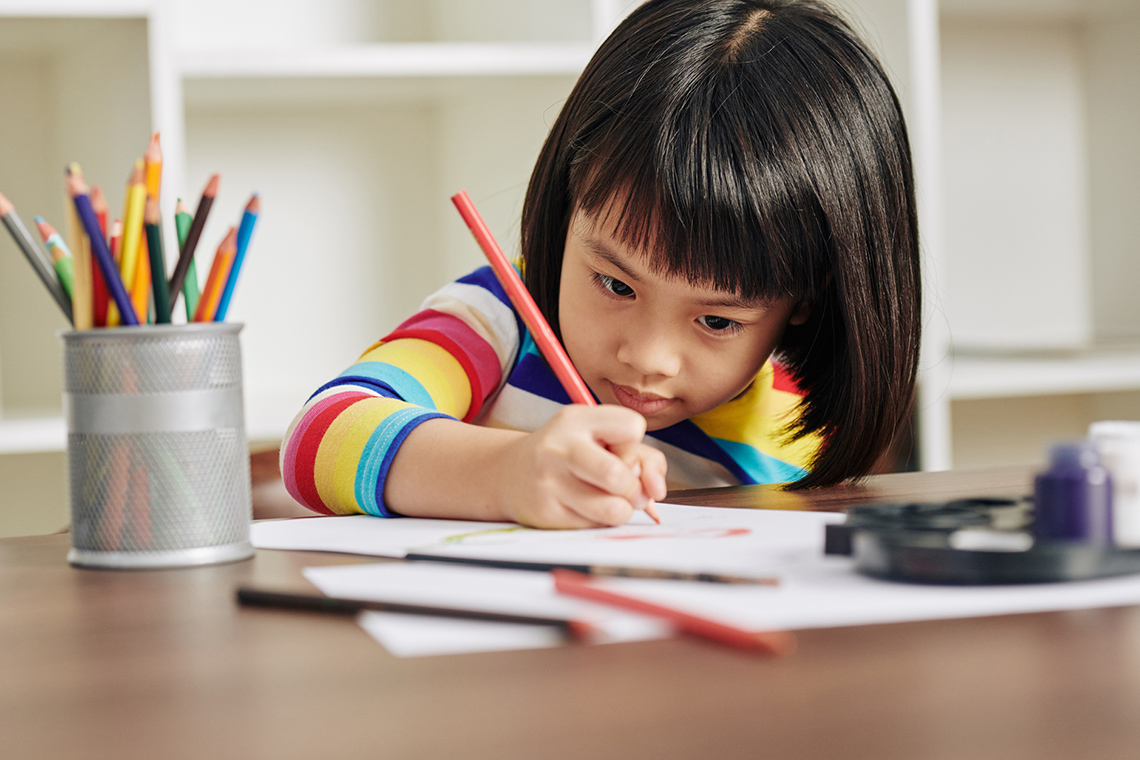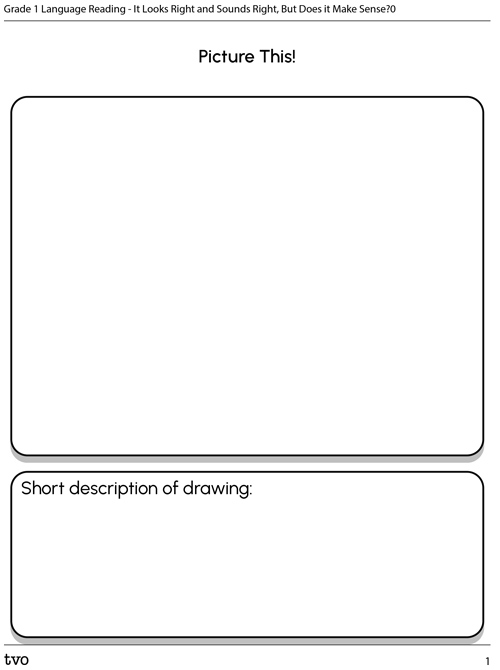Minds On
Poetry

Start by reading and/or listening to the poem called “Runny Laints for Pove” by Shel Silverstein. This poem is from Runny Babbit Returns.
Runny Laints For Pove
Since Runny’s parted stainting,
His mur is quite a fess.
There’s red paint on his whiskers,
And yellow on his chest,
There’s preen and gurple on his face,
But he could not lare cess.
He’s pappy—’cause he only haints
The things that he loves best.
Source: Shel Silverstein’s Runny Babbit Returns, 2017.
Check out this audio recording to listen to the poem:
“RUNNY LAINTS FOR POVE”
Student Success
Think-Pair-Share
Once you have read the poem all the way through, read it a second time and consider:
- What do you notice about this poem?
Hint: Do any of the words seem different or unfamiliar? What about the words “mur,” “fess,” “preen,” or “gurple”?
Did you notice any other words that seem different or unfamiliar?
If possible, discuss these different words with partner.
Note to teachers: See your teacher guide for collaboration tools, ideas and suggestions.
Action
What do you picture?
As you read through the poem “Runny Laints for Pove,” what do you picture in your mind?

Create a drawing of what you pictured as you explored the poem, and write a sentence for your picture. Complete Picture This! (Drawing 1) in your notebook or use the following fillable and printable document. You can also use another method of your choice.
Runny Laints For Pove
Since Runny’s parted stainting,
His mur is quite a fess.
There’s red whaint on his piskers,
And chellow on his yest,
There’s preen and gurple on his face,
But he could not lare cess.
He’s pappy—’cause he only haints
The things that he loves best.
Source: Shel Silverstein’s Runny Babbit Returns, 2017.
|
Drawing 1 |
|---|
|
Short description of drawing: |
Student Success
Think-Pair-Share
Once you have completed your drawing and/or have recorded your description, consider:
- How are your drawings similar?
- How are they different?
If possible, share your drawing or sentence with a partner.
Note to teachers: See your teacher guide for collaboration tools, ideas and suggestions.

Rewriting the poem
You probably noticed that Shel Silverstein, the author of the poem “Runny Laints for Pove,” has switched the first letters of some of the words!
Now, let’s return to the poem and rewrite it in “regular” language.
Complete Rewriting the Poem in your notebook or use the following fillable and printable document. The left-hand box contains the original poem. In the right-hand box, rewrite it in “regular” language. If you prefer, make a recording of your version of the rewritten poem.
|
Runny Laints For Pove |
|
|---|---|
|
Since Runny’s parted stainting, His mur is quite a fess. There’s red whaint on his piskers, And chellow on his yest, There’s preen and gurple on his face, But he could not lare cess. He’s pappy—’cause he only haints The things that he loves best. |
My rewrite in “regular” language: |
Check your work
Press ‘Rewrite of poem’ to access the poem in everyday speech.
Runny Paints For Love
Since Runny’s started painting,
His fur is quite a mess.
There’s red paint on his whiskers,
And yellow on his chest,
There’s green and purple on his face,
But he could not care less.
He’s happy—’cause he only paints
The things that he loves best.
Brainstorm
Share your thoughts
Now that we’ve rewritten the poem into everyday speech, read it through again. Think about these questions:
- How did the meaning of the poem change?
- As you read through the poem this time, what did you picture in your mind?
Record your ideas in a notebook or another method of your choice.
Consolidation
Draw and tell

What do you picture?
What do you picture as you read the rewritten version? Create a drawing of what you picture and write a sentence of your drawing.
Complete Picture This! (Drawing 2) in your notebook or use the following fillable and printable document. You can also record your description using another method of your choice.
|
Drawing 2 |
|---|
|
Short description of drawing: |
Student Success
Think-Pair-Share
Once you have completed your second drawing and/or recorded your description, compare it to your first drawing and/or recording. Consider:
- How are your drawings similar?
- How are they different?
If possible, share your description or drawing with a partner.
Note to teachers: See your teacher guide for collaboration tools, ideas and suggestions.
Reflection
How do you feel about what you have learned in this activity? Which of the next four sentences best matches how you are feeling about your learning? Press the button that is beside this sentence.
I feel...
Now, record your ideas about your feelings using a voice recorder, speech-to-text, or writing tool.


